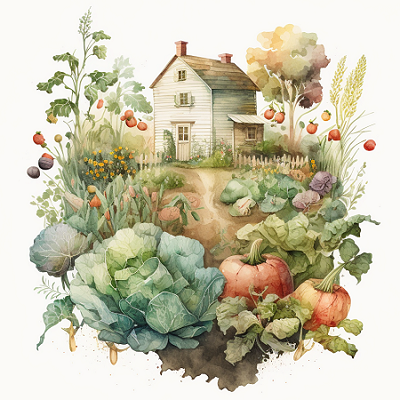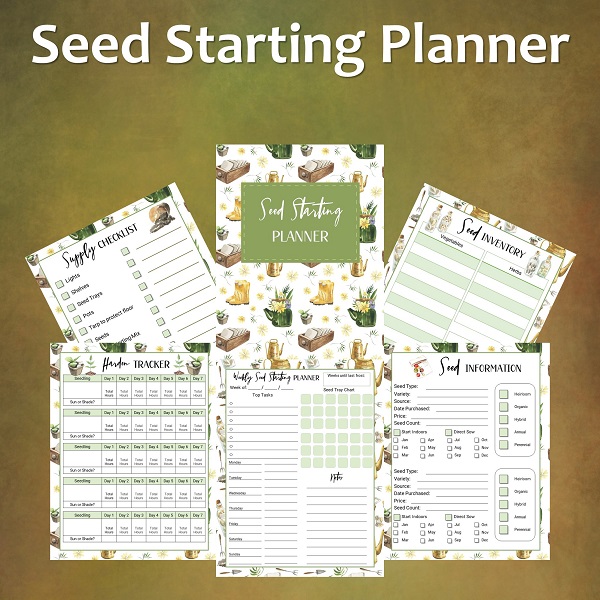 Have you ever wondered exactly what a “kitchen garden” is or how it differs from a regular vegetable garden?
Have you ever wondered exactly what a “kitchen garden” is or how it differs from a regular vegetable garden?
For starters, a kitchen garden or potager (pronounced puh-ta-zhay), is a special kind of edible garden with a rich history tracing back to old English and French culinary gardens.
Much like a traditional vegetable garden, a kitchen garden is a chef’s delight filled with delicious fruits, vegetables, herbs and edible flowers. In short, a kitchen garden is a celebration of fresh ingredients and delicious home cooked meals.
Both kitchen and traditional gardens offer a sense of satisfaction coupled with tangible rewards for a job well done. Beyond these similarities, there are some distinct differences between the two, however.
A kitchen garden has three main characteristics:
1 – Convenience
One of the main characteristics of a kitchen garden is accessibility. It should be easy to grab the items you need to your prepare your daily meals. Therefore, a potager should be located as close to your food preparation area as possible.
Imagine you are in the middle of preparing dinner when you suddenly realize “this marinade could use a little more rosemary.” Rather than trek out to your main vegetable garden while you have pots simmering on the stove, wouldn’t you rather be able to reach right outside your door to snip a couple sprigs?
With a kitchen garden, the easier it is to grab what you need while you are cooking, the better.
2 – Size
Kitchen gardens are usually smaller than traditional gardens because they are situated so close to the house. This isn’t always the case, of course, but having a culinary garden close enough to offer easy access while you are cooking may limit the amount of space available.
If you only have limited space available to plant a kitchen garden, here is a good rule of thumb to consider: A regular vegetable garden is about planning for the future, while a kitchen garden is about enjoying today. Therefore, the fruits and vegetables you plan to preserve for future use – or crops, such as corn, that take up a lot of space – are good choices for a traditional vegetable garden where space is at less of a premium.
Instead, kitchen gardens are normally filled with the items you prepare and eat while fresh. Therefore, containers of fresh herbs, compact cherry tomato plants, or an assortment of leaf lettuce varieties all make great additions to a potager. If you lack the space for a traditional garden, a small kitchen garden can keep you in fresh, delicious produce all season long.
3 – Beauty
While a standard vegetable garden is all about utility and production, part of the charm of a kitchen garden comes from its ornamental aspect. Due to its proximity to the house, a kitchen garden is harder to tuck out of sight than a traditional garden. Therefore, they are often designed to add a sense of beauty to your home, as well.
Some herbs, such as lemon thyme, can be used to create a beautiful and fragrant border around plants and containers. Edible flowers, such as violas and daylilies, can be incorporated to add a splash of color. Compact blueberry shrubs are also highly ornamental and make a wonderful, yet functional border.
As you can see, a kitchen garden offers both convenience and beauty in a compact space. The best part is it doesn’t take much to get started. All you need is a couple large pots, some fresh herbs, your favorite compact tomato plant and lettuce varieties and you’ll be on your way!



